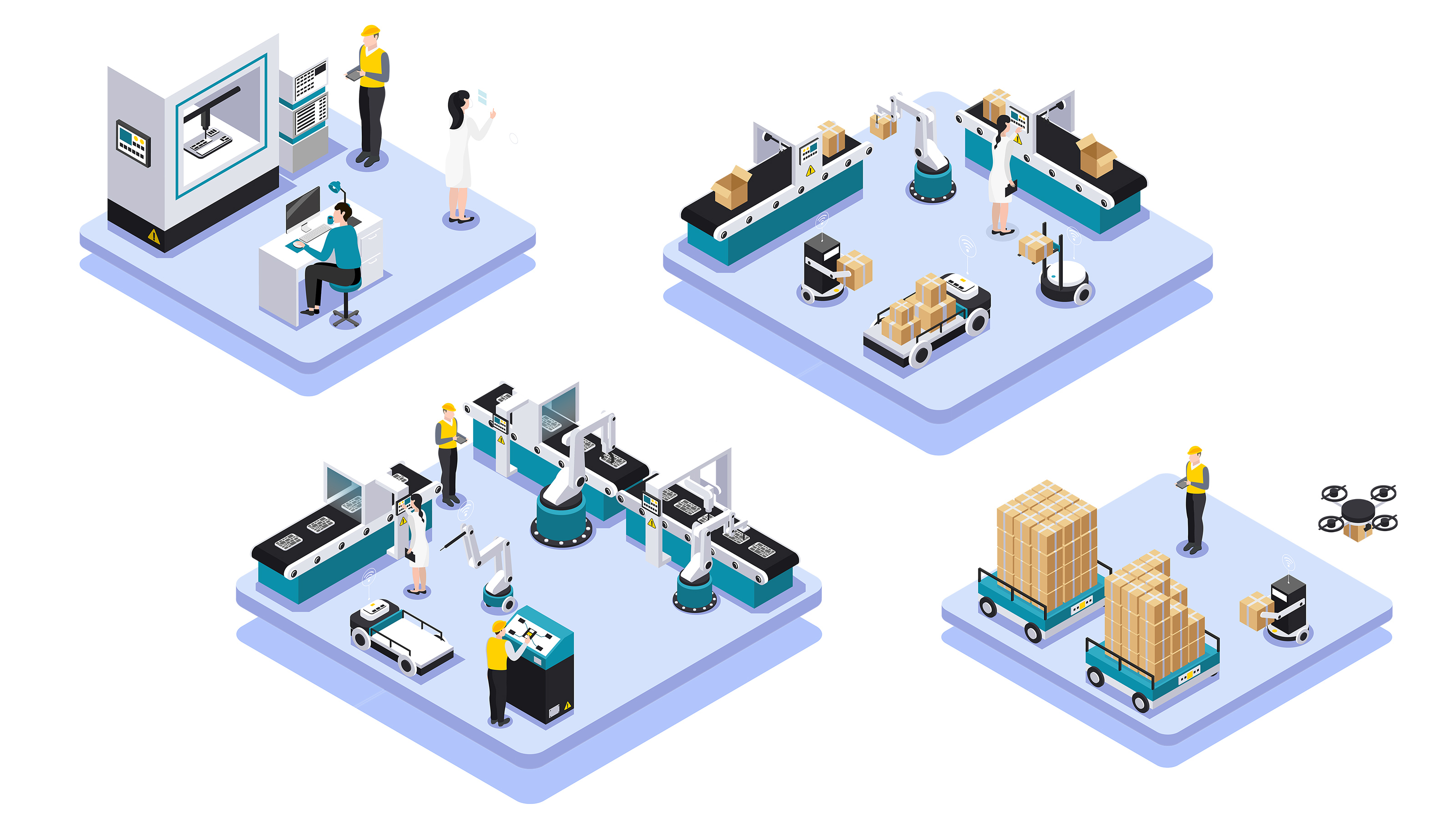Samsung reveals 3 key opportunities for 5G apps
Mark Howden, Solution Innovations Director at Samsung, reveals 3 ways 5G will transform app development.

Samsung has gone big with 5G at this year’s MWC Los Angeles event, revealing its latest network tech. And in a recent blog post from Mark Howden, Solution Innovations Director at Samsung Electronics America, the company has revealed three 5G apps opportunities for developers.
Bigging up the benefits of 5G technology, Howden highlights the benefits of higher speed and lower latency, claiming that “developers will have unprecedented opportunities to capitalize on changing trends and build supercharged solutions that will transform businesses”.
Below, we’ve listed the three key opportunities that Howden believes will transform the landscape for application developers around the world:
1. The IoT and AI revolution
“Businesses are eager to take advantage of AI, machine learning, and IoT. But for systems to function seamlessly, they need access to a ton of data in real-time—something that modern connectivity doesn’t allow for. 5G will change all of that. Developers will be free of limitations, and opportunities will be fully realized in a way that current connectivity prohibits.
“5G uses far less power, leveraging IoT sensors that can last for years. Further, with 5G antennas and cells able to support many more devices than 4G could, the number of IoT sensors collecting data will proliferate. 5G’s higher speeds and lower latency will allow more data to be processed without delay, while reaching thousands of devices simultaneously. This opens new possibilities in AI and IoT development—for industries such as farming, which is ripe for transformation. With IoT sensors placed throughout a field, these sensors can take advantage of 5G to detect when certain areas are too dry or wet in real time, and respond immediately by adjusting irrigation levels.”
2. Network optimization needs
“With 5G, networks will be optimized as practices such as network slicing become fully realized, not just for carriers, but for private enterprises deploying 5G networks. Network slicing is the process of using a portion of network bandwidth to prioritize a specific need, offering developers a chance to create applications for a range of functions for a single business.
“Currently, one of the biggest burdens for B2B developers is the need to secure an application and the data it transmits. But with network slicing, this burden can be shouldered by the organization deploying the 5G network leaving developers with one less problem to solve and more time to focus on creating a 5G-enabled solution designed for the new way business is done.”
Get up to speed with 5G, and discover the latest deals, news, and insight!
3. Low latency advantages
“Lower latency will enable developers to take advantage of field work applications as well. For utility workers in the field, there’s nothing worse than climbing a telephone pole to fix a transformer only to realize they don’t have instructions for a piece of equipment. But a 5G-enabled augmented reality application can allow them to video conference an inspector back at the office, who can annotate and overlay images onto their screen to show them how to proceed. With 4G, this wouldn’t be possible - but 5G eliminates the lag that prevents workers from getting jobs done.”
To read the post in full, please visit the Samsung news blog.
- Get the latest 5G stocks news today
- We reveal how 5G technology works
- What can we expect from 5G smart cities
- 5G dangers: the fact and the fiction
- Will 5G Internet replace fibre broadband?
Dan is a British journalist with 20 years of experience in the design and tech sectors, producing content for the likes of Microsoft, Adobe, Dell and The Sunday Times. In 2012 he helped launch the world's number one design blog, Creative Bloq. Dan is now editor-in-chief at 5Gradar, where he oversees news, insight and reviews, providing an invaluable resource for anyone looking to stay up-to-date with the key issues facing 5G.

